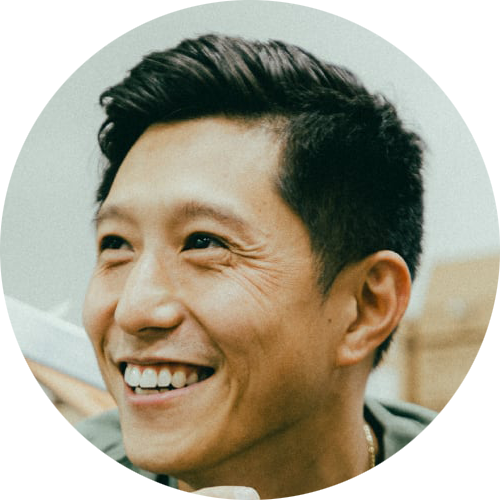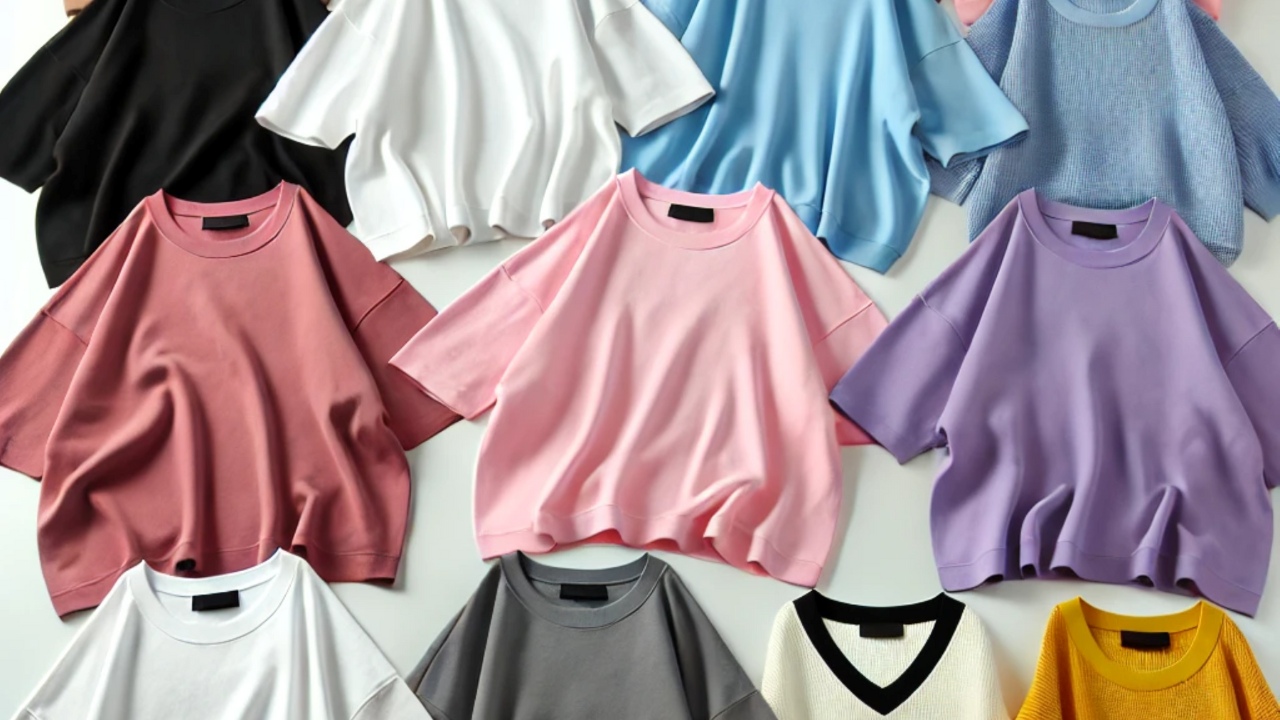How To Choose A Blank T-Shirt For Customized Printing

If you’re printing custom shirts, the design is only half the battle. What good is a killer graphic if it ends up on a shirt that feels like sandpaper or fits like a trash bag?
Picking the right blank t-shirt isn’t just a detail it’s the foundation of the whole thing. A bad blank ruins the vibe. A good one? It levels up your entire look.
So, if you’re serious about getting your custom print just right, here’s how to choose a blank t-shirt that won’t disappoint.
What Brands Are Perfect for Blanks
Not all shirts are created equal. You’ve probably seen cheap tees that shrink in the wash, fade after two wears, or feel like cardboard straight out of the package. Hard pass.
If you're aiming for quality, comfort, and a professional print finish, you need to start with a brand that delivers consistency and durability.
Here are eight of the best blank t-shirt brands trusted by clothing lines, designers, small businesses, and event organizers alike:
1. Bella+Canvas
Soft, stylish, and incredibly print-friendly.
Great for DTG printing and fashion-forward collections. Known for their modern retail cuts, tear-away tags, and eco-conscious production.
The 3001C is a crowd favorite.
2. Gildan
The go-to for bulk orders and custom merch.
Durable, versatile, and cost-effective. Their Heavy Cotton and Softstyle lines are both screen and DTG-friendly, making them great for high-volume events like fundraisers and school projects.
3. Next Level Apparel
Sleek, modern fits and ultra-smooth cotton blends.
The 3600 and 6210 CVC tees are ideal for streetwear, influencer drops, or anyone needing a premium look without breaking the bank.
Great stretch and consistent sizing.
4. AS Colour
High-end, structured fit with serious quality control.
Perfect for brands looking to launch premium merch or build a boutique fashion line.
These blanks feel luxurious and perform well under embroidery or screen printing.
5. Comfort Colors
These pigment-dyed beauties are known for their washed-out, vintage vibe.
Super soft and pre-shrunk, they’re go-to picks for laid-back beach brands, Greek life apparel, and nostalgic lifestyle designs.
Choosing the right brand matters more than most people think. Your print can be perfect, but if the shirt feels wrong, fits weird, or falls apart after one wash it’s not going to get worn.
A great shirt supports your design, sells your message, and keeps customers coming back for more..
You want your design to pop and your shirt to feel amazing on the skin. A great design on a terrible shirt? It kills the vibe and cheapens your message.
Which Fabric Is Best for Your Print Style?
Fabric changes the game. Whether you’re printing for a clothing line, a brand launch, or your next event, the type of fabric you pick can make or break the final look and feel of your shirt.
DTG printing, screen printing, embroidery—each one has its favorites, and using the wrong fabric can lead to faded graphics, uneven prints, or uncomfortable wear.
100% cotton: Ideal for DTG (direct-to-garment) printing. Cotton fibers absorb ink better, leading to sharper details and bold, vibrant colors. It’s the top choice for custom designs that demand clean, crisp prints.
Cotton/poly blends: A solid option for screen printing. The cotton keeps things soft while the polyester adds durability. These blends are less prone to shrinkage and can take on color really well, especially with plastisol inks.
Tri-blends: A mix of cotton, polyester, and rayon—known for their ultra-soft feel and slight stretch. They offer a trendy, vintage-style texture that works well for DTG, though colors may appear slightly muted compared to 100% cotton.
Heavy cotton or carded open-end cotton: Perfect for embroidery. The denser weave offers support for threads and prevents puckering or fraying over time, especially important for logos or stitched designs.
The bottom line?
Don’t treat fabric like an afterthought. Your shirt is your canvas.
Choosing the right material ensures that your artwork prints clean, feels great, and actually lasts. If you skimp here, it’s going to show—not just in the final product, but in how people feel about wearing it.
What's the Best Match for Each Printing Method?
Let’s break it down real quick.
The way your shirt is printed matters just as much as the design itself. And each printing method has its go-to type of blank tee for the best results.
DTG (Direct-to-Garment): DTG loves smooth, flat surfaces. For vibrant, detailed prints, you’ll want a high-cotton count (ideally 100%). The Bella+Canvas 3001 and Next Level 3600 are two of the best choices.
These shirts give ink a soft landing, helping your graphics look crisp and colorful with minimal fading over time.
Screen Printing: Works best on cotton or cotton/poly blends. If you're doing bulk orders for events or promos, screen printing is your friend and it needs a blank that holds ink well without bleeding.
Gildan Heavy Cotton or Softstyle are favorites in this space because they offer consistent results, whether you're printing 25 or 2,500.
Embroidery: Embroidery calls for a thicker, sturdier fabric that can handle stitching without bunching or warping. 100% cotton or heavyweight blends work best here. AS Colour's tees or Comfort Colors styles are ideal. They offer a dense weave and clean stitching support, making logos or monograms look polished and professional.
Using the wrong type of blank for your print method can mess with your outcome—blurry graphics, warped designs, poor color payoff. But pairing the right shirt with the right technique? That’s where the magic happens.
FAQ: Choosing Blank T-Shirts for Custom Printing
Q1: What's the difference between ring-spun and regular cotton?
Ring-spun cotton is softer and more durable because the fibers are twisted tightly. It feels smoother and prints cleaner than standard open-end cotton.
Q2: Can I supply my own blank t-shirts for printing?
Yes, many print shops (including Tee Vision Printing) accept customer-supplied blanks. Just make sure the fabric is compatible with your chosen print method.
Q3: Is it worth paying more for premium blanks?
If you're reselling or creating merch, absolutely. Higher-quality blanks feel better, last longer, and make your design pop. Your customers will notice the difference.
Q4: What shirt color works best with full-color DTG printing?
Light-colored shirts (white or heather gray) give the cleanest, most vibrant results. Dark shirts can work too but may need a white underbase layer.
Q5: How do I know what size to order?
Always check the size charts for the brand you're ordering. Sizing can vary wildly. When in doubt, order a sample first.
Final Thoughts: Build Your Shirt From the Blank Up
Choosing the right blank t-shirt isn’t just step one—it’s the most important step. From fit and fabric to weight and color, every choice affects how your final product turns out.
Whether you’re launching a brand, making team shirts, or designing merch for your fans, start strong with the right blank.
Need help choosing the best blank t-shirts for printing or finding quality cheap t-shirts in bulk for printing? We've got your back. Head over to Tee Vision Printing and let us hook you up with the perfect combo of blanks and printing

